The student group's drone can search for people over an area of thousands of square meters, in level 6 wind and rain, which is new in Vietnam.
The product, called the SkyHelper Victim Locator Search System, was developed by four students. Dinh Huu Hoang, Nguyen Anh Kiet, and Nguyen Quang Huy are studying at the Academy of Posts and Telecommunications Technology; Nguyen Doan Nguyen Linh is a student at Hanoi National University.
At the 2023 Young Innovation Competition for Technical Schools on March 23, SkyHelper won second prize.
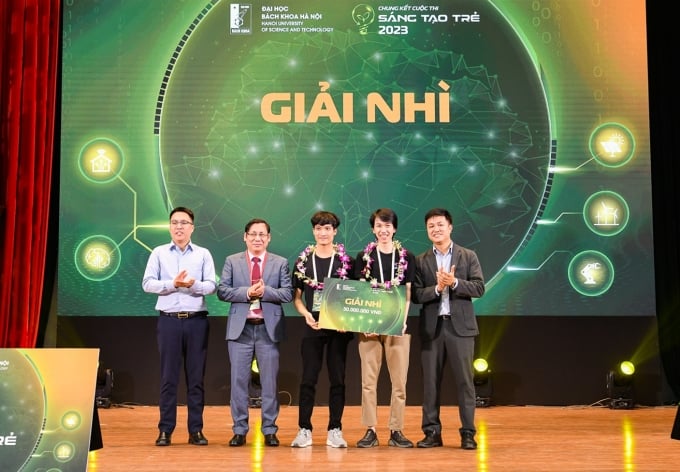
Two group representatives received the second prize of the 2023 Young Innovation Contest with the product SkyHelper - a victim locating search system, on March 23. Photo: Hanoi University of Science and Technology
Dinh Huu Hoang, a third-year student majoring in Multimedia Technology, thought of a product to help find missing people four years ago. Following the news of the incident at Rao Trang 3 Hydropower Plant in Thua Thien Hue Province, which buried 17 workers, Hoang, then in 12th grade, dreamed of making a product that could pinpoint the exact location of victims, increasing the chances of saving their lives.
In college, Hoang happened to read a study on Wifi Probe request frame technology, which involves transmitting information data via wifi waves between devices. This study was published in 2009, but at that time, smart devices and wifi systems, 4G networks were not popular. In 2022, according to statistics, more than 83.7% of the world's population will own a smartphone. He thinks this is the ideal time to take advantage of this technology.
In August 2022, the male student fumbled and wrote the first commands to build an algorithm for the wave processor. With limited costs, saved from part-time work, Hoang set a goal of creating a processor costing less than 3 million VND, including an embedded wave processing computer and a signal transceiver.
After more than 6 months, Hoang had his first product. To test the wave processor, the male student connected three pieces of bamboo into a 20-meter pole, tied the processor to the top, stood on the roof and moved the pole around.
"Everything was very rudimentary, so when I saw the product working and giving positive results, I was extremely happy," Hoang said.
In July 2023, Hoang shared his idea with friends and teachers in the Google Developer Student Club - PTIT and received positive feedback. The whole group improved the product and registered for the 2023 Young Innovation Contest.
The team builds the research process, including designing virtual models of the product, testing and selecting materials; programming and running algorithms; operating...
Nguyen Anh Kiet, a senior student majoring in Information Technology, said that to expand the search area, the group used unmanned aerial vehicles (UAVs), attached with a positioning antenna and a central processor. This processor is connected to the operator's computer or phone, transmitting the data collected by the device to the system.
SkyHelper is used for two main purposes: searching and tracking. With the search function, the drone will detect victims via wifi waves from phones, smart watches, headphones... In case the victim and the device are far apart, the drone is equipped with an infrared thermal imaging camera, which helps identify the body temperature of living entities, even at night.
If used for tracking, the aircraft will create a safe triangle at the operator's request. When a person leaves that area, the system will issue a warning and wait for a search command. In this case, the aircraft can provide details about the structure, terrain and altitude of the search environment.
Group of students introducing the product. Video: Provided by the character
Kiet said the team has tested the product. Under ideal conditions, the aircraft can fly continuously for 43 minutes, with a maximum search area of 14,300 m2, detect about 630 devices, and a standard deviation of 1.5 m. When in mountainous areas or with rain and wind level 6, the search area fluctuates from 5,000 to 7,000 m2 with an error of 2 to 5 m.
Previously, when testing in places with harsh terrain and weather, the product often had problems. The team often lost track of the aircraft, spending a lot of time searching and tweaking parameters before having the final product.
According to Kiet, the group compared SkyHelper with Flycam and Search Robot - two commercial devices used in search and rescue. The students found that Flycam has the limitation of not being able to determine the exact location of a missing person, and Robot has difficulty moving in rough terrain. SkyHelper overcomes both of these limitations, while the cost of the processor - the soul of the product - is only three million VND.
Team leader Huu Hoang said that knowledge from the two subjects Data Structures and Algorithms and Web Programming is extremely useful, helping him program processors and build websites for products. With knowledge outside the curriculum, Hoang and his team read international research.
Dr. Nguyen Viet Hung, Director of the Center for Innovation and Entrepreneurship, Posts and Telecommunications Institute of Technology, was the group's instructor. Recalling the moment Hoang shared his ideas and introduced the algorithm he had initially built, he was surprised by the knowledge and research of a second-year student.
Mr. Hung said that since 2018, Japan has had a product to search for missing people based on wifi waves and personal devices, while Vietnam has not had any similar system. The problem for students is to develop a device that is suitable for the reality in the country, which does not often have earthquakes like Japan, but often has landslides and flash floods in rugged terrain.
"The necessity and feasibility of SkyHelper are very clear. If invested carefully in the next 6-12 months, the product will be more optimal, but commercialization is still a long way off," said Mr. Hung.
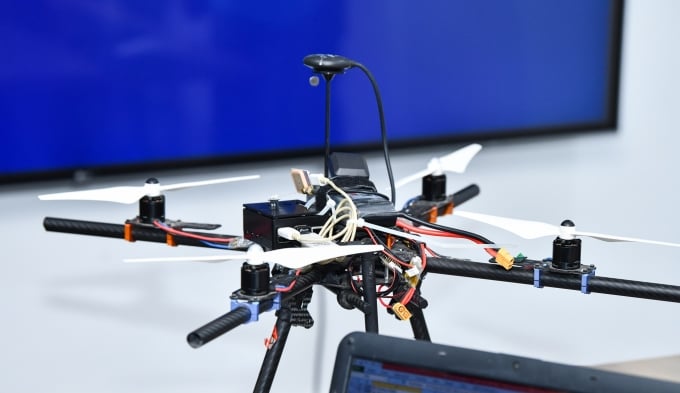
The drone includes a positioning antenna on top and an information processor mounted on the tail. Photo: Character provided
Kiet said that in the second quarter of this year, SkyHelper will be supplemented with a thermal camera and a wave-amplifying antenna to increase the accuracy and stability of the transmission. The team also filed for a patent, then called for funding and commercialized the product.
After nearly two years of brainstorming and creating, Hoang found that in addition to gaining more knowledge about information technology, he also learned how to manage time and work in a team to achieve the best results.
"The research process was hard, but I think it was worth it. I hope Sky Helper will soon be applied and useful in search and rescue work," Hoang said.
Thanh Hang
Source link


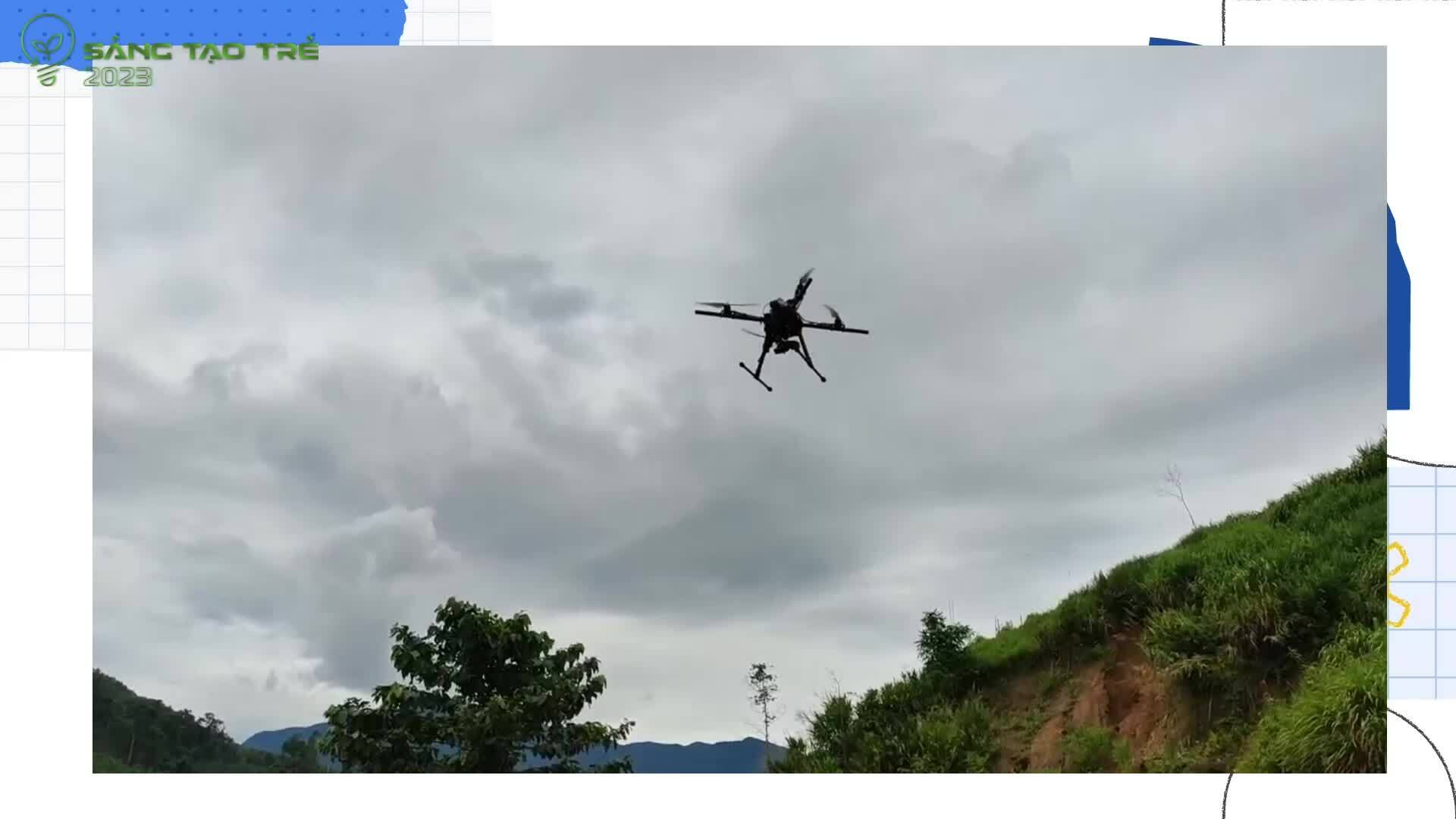
![[Photo] General Secretary To Lam begins official visit to Russia and attends the 80th Anniversary of Victory over Fascism](https://vphoto.vietnam.vn/thumb/1200x675/vietnam/resource/IMAGE/2025/5/8/5d2566d7f67d4a1e9b88bc677831ec9d)


![[Photo] National Assembly Chairman Tran Thanh Man chairs the meeting of the Subcommittee on Documents of the First National Assembly Party Congress](https://vphoto.vietnam.vn/thumb/1200x675/vietnam/resource/IMAGE/2025/5/8/72b19a73d94a4affab411fd8c87f4f8d)

![[Photo] Prime Minister Pham Minh Chinh meets with the Policy Advisory Council on Private Economic Development](https://vphoto.vietnam.vn/thumb/1200x675/vietnam/resource/IMAGE/2025/5/8/387da60b85cc489ab2aed8442fc3b14a)


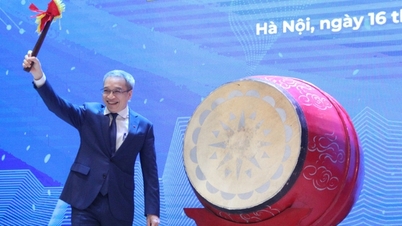

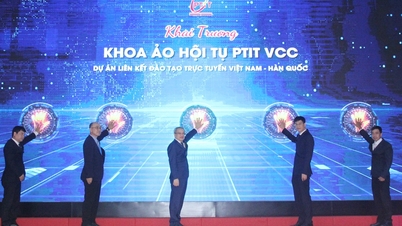




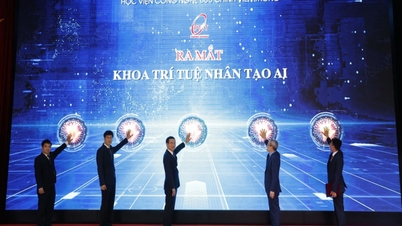



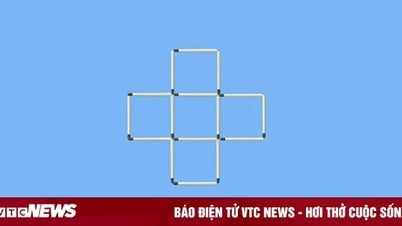













![[Photo] President Luong Cuong presents the decision to appoint Deputy Head of the Office of the President](https://vphoto.vietnam.vn/thumb/1200x675/vietnam/resource/IMAGE/2025/5/8/501f8ee192f3476ab9f7579c57b423ad)

















































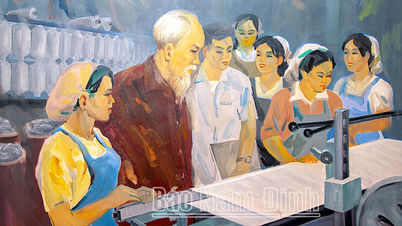




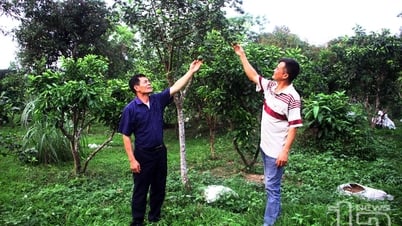













Comment (0)